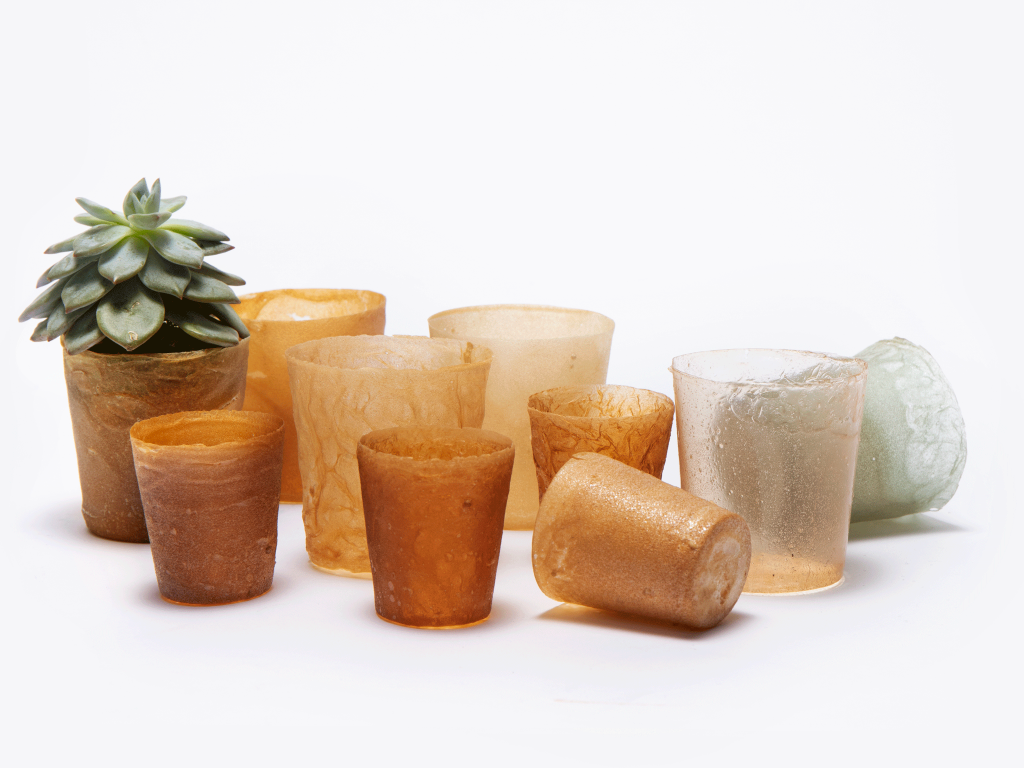It seems impossible, yet a team of British design students have created a completely recyclable bioplastic, starting from the shell of crustaceans
The pressing demand to create alternatives to plastic, is pushing teams of scholars and researchers around the world to look for the solution in any polymerizable compound, that is, suitable to be modified and assembled in long molecular chains, just like plastic. The latest development is the result of the work of four design students from the Royal College of Art and Imperial College London, who have created a biodegradable and recyclable plastic, using as a base material the shells of lobsters.
The project, called Shellworks, was carried out by Ed Jones, Insiya Jafferjee, Amir Afshar and Andrew Edwards, and developed new machines to produce a replacement for disposable plastics. The new material is easy to work with, can be easily adjusted in thickness, transparency, rigidity and flexibility, all characteristics that unite it to normal plastic, but with the advantage of being completely biodegradable.
The decisive ingredient of this new invention is the chitin, a decisive component of the exoskeleton of insects and crustaceans, for the extraction of which the team has designed and built three different machines: Dippy, a modeler to create shapes in 3D, the Vaccy, a vacuum cleaner with built-in heater to create printed packaging, and Sheety, a device for creating flat sheets that you can then shape. The team has already made prototypes, from antibacterial blisters for medicines to pots for self-fertilizing plants.
To ensure complete recyclability of the product, the students avoided adding additives during the experiment, and found that they could manipulate the properties of the material by adjusting the quantities of the individual basic components.. A useful material until the end of its life cycle. Yes, because it can be easily brought back into its basic form, into a solid that can be reshaped, or, at the end of its life cycle, it can be used, once finely chopped, as a natural and non-polluting fertilizer.
